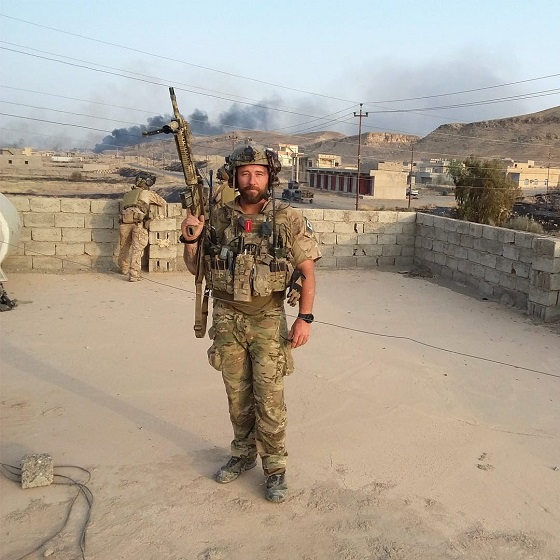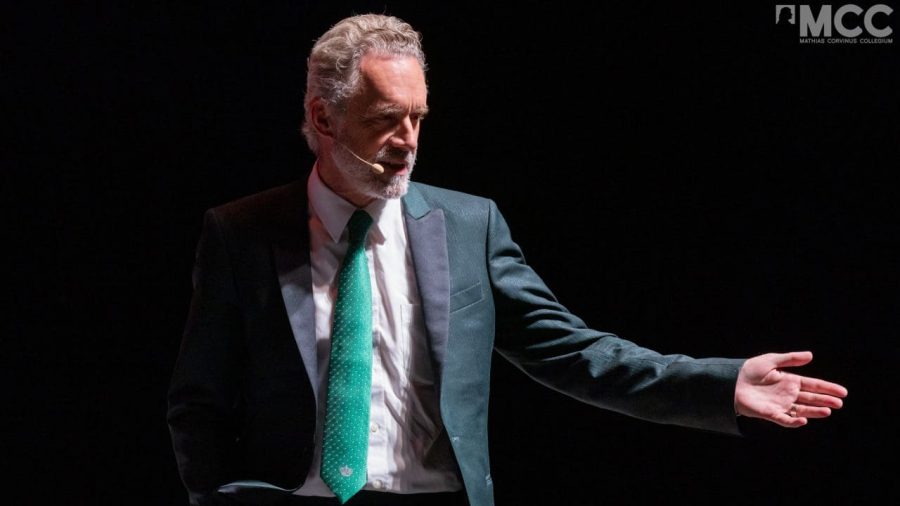History
The Easter Monday Battle of Vimy Ridge – 3 Part Interview
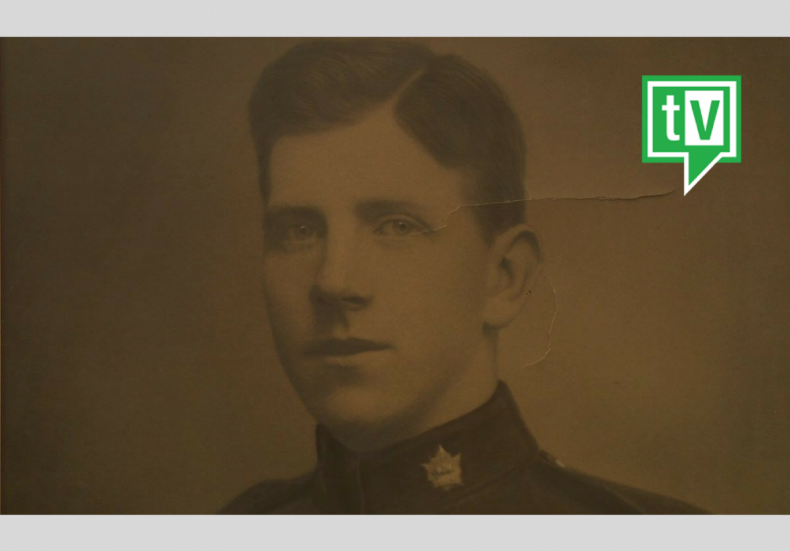
In the hour or so before dawn on Easter Monday morning one hundred years ago, thousands of young Canadians found themselves cold, wet, and scared.. at the bottom of Vimy Ridge. This ridge provided a commanding view of the surrounding French countryside. In times of peace you could imagine children scampering up the huge hill to see far off into the distance. But since the fall of 1914, merely raising your head above ground level was risking your life. At the top, thousands of German soldiers and their guns looked down on the allied soldiers as they had been doing for almost three years. They could see everything that dared to come out in the open. At the bottom, Canadians carefully moved into position, many in tunnels constructed for this event. Others sneaking quietly below the top of their trenches. Although it was spring, it was cold and wet, a chilling mixture of rain and ice made their fingers rigid and caked the frozen mud to their heavy boots.
Then.. suddenly.. at someone’s signal… BOOM. It might have been the loudest sound in the history of the world to this point. It was to that point in world history the greatest bombardment ever. It was heard in London, England where civilians must have been wondering exactly what kind of cataclysm was happening over in France. Canadian guns, thousands of them, trained on the German trenches, gun emplacements, and for the first time… just in front of the Canadian trenches. It was a new plan in war. Something called a creeping barrage. The Canadians would come out their trenches, not “after” the bombardment… but “during” the bombardment. Countless metal projectiles exploded just in front of the Canadians who leaped out of their trenches and tunnels and exposed themselves to death. For three thousand, six hundred Canadians, this cold wet morning would be their last. For twice as many young men, this would be their last morning without a serious injury.
This bombardment was to this point in the history of mankind, the most intense ever, anywhere. The plan was for the Canadians to follow behind this sheet of exploding steel so closely, that when the Germans came out of their safe dugouts the Canadians would be waiting for them. For the first time in the history of warfare, every single soldier would be trained on a mocked battle field designed to give soldiers the exact feel for this piece of earth they needed to conquer. For the first time in the history of warfare, every soldier would be outfitted with a map so they’d know just where they stood throughout the attack. It was absolutely revolutionary planning, and it was Canadians who planned it and executed it… And it worked!
In ONE DAY, Canadian soldiers fighting together for the very first time were able to wrestle most of Vimy Ridge away from the German army. This ridge had been impregnable to attack for over two years. Tens of thousands of British and French troops had died trying to take Vimy Ridge. In ONE DAY, the Canadians managed to do the unthinkable. It was such a shocking victory, the Allies had no plan to follow up the attack and as the Germans retreated to safe ground, no one was available to push them back further to exploit the stunning chain of events.
It was the greatest military victory in Canadian history. It was a defining moment. One hundred years later, Canadians are still considered among the best soldiers in the world. It’s been proven time and again right up until today, but this was the first time.
Among those Canadians serving in uniform, was Red Deer’s Walter MacKenzie, a Sergeant Major with the 1st Canadian Division who fought during all four years of the war from 1914-1918. MacKenzie’s son Craig, is the last surviving direct descendant of this decorated World War 1 Veteran and shares the story of his father with us here at Todayville. Enjoy part one of this interview produced by Sheldon Spackman.
This is our second installment of our conversation with Red Deer Realtor Craig MacKenzie, the last surviving direct descendant of a World War 1 Veteran from Red Deer.
In this segment, MacKenzie talks about some of the stories his father shared with him about his experiences fighting in the Battle of Vimy Ridge.
Sergeant Walter MacKenzie served with the 1st Canadian Division and fought during all four years of the First World War war from 1914-1918.
In this final installment of our conversation with the last surviving direct descendant of a World War 1 Veteran from Red Deer, Craig MacKenzie shares some amazing stories his father – a Battle of Vimy Ridge Veteran told him of bravery, compassion and mercy amidst the brutality of the First World War.
Sergeant Walter MacKenzie served with the 1st Canadian Division and fought during all four years of the First World War war from 1914-1918.
Frontier Centre for Public Policy
Hungarian Revolution of 1956: A Valiant Effort to Overthrow Communist Rule
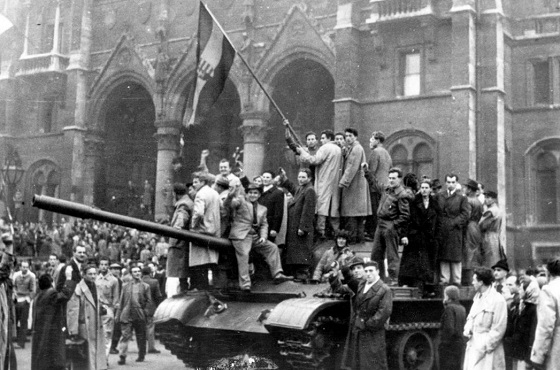
Civilians wave Hungary’s national flag from a captured Soviet tank in Budapest’s main square during the anti-communist uprising of October 1956. AP Photo
From the Frontier Centre for Public Policy
By Gerry Bowler
For a time, Moscow seemed willing to accept change in Hungary, but when Nagy announced that his country would leave the Warsaw Pact and become neutral in the Cold War, that was a bridge too far for Khrushchev.
After World War II ended in the summer of 1945, the Soviet Red Army found itself to be in possession of Eastern Europe. In the next few years, the USSR extinguished the young democracies in Poland, Czechoslovakia, Romania, Latvia, Lithuania, and Estonia, while imposing Stalinist governments on autocracies such as Bulgaria and Hungary. With Marxist regimes taking over in eastern Germany, and Albania and Yugoslavia as well, Winston Churchill spoke truly when he said that “from Stettin the Baltic to Trieste in the Adriatic, an iron curtain has descended across the continent.”
In many of these countries, there was considerable resentment over the Russian occupation. In the Baltic republics, Romania, Croatia, Belarus, Poland, and Ukraine, doomed anti-Soviet guerilla movements with names like the “Forest Brothers,” the “Cursed Soldiers,” or “Crusaders,” fought underground wars that\ lasted for years. In June 1953 in East Berlin, workers rose up in protests against their communist masters, sparking a short-lived rebellion that spread to hundreds of towns before being crushed by Russian tanks. The most serious of these insurrections was the Hungarian Revolution of 1956. By 1956, there were stirrings of discontent in the Hungarian People’s Republic. Under the state control of industry, forced agricultural collectivization, and the shipping of produce to the Soviet Union, the economy was in bad shape. The supply of consumer goods was low and standards of living were dropping. Secret police surveillance of the population was harsh, while many Hungarians resented the suppression of religion and the mandatory instruction of the Russian language in schools. As news leaked out about Soviet Premier Nikita Khrushchev’s denunciation of Stalin in the so-called “Secret Speech,” hopes grew that reform of the communist system was possible.
Marxist intellectuals began to form study circles to discuss a new path for Hungarian socialism, but their cautious proposals were suddenly overtaken by demands for change by young people. On Oct. 22, 1956, students at the Technical University of Budapest drew up a list of demands for change known as the “Sixteen Points.” They included free elections, a withdrawal of Soviet troops, free speech, and an improvement in economic conditions.
On the afternoon of the next day, these points were read out to a crowd of 20,000 who had gathered at the statue of a leader of the Hungarian rebellion of 1848. By 6 p.m., when the students marched on the Parliament Building, the crowd had grown to around 200,000 people. This alarmed the government, and later that evening Communist Party leader Erno Gero took to the radio to condemn the Sixteen Points. In reaction, mobs tore down an enormous statue of Stalin.

People surround the decapitated head of a huge statue of Josef Stalin in Budapest during the Hungarian Revolution in 1956. Daniel Sego (second L), who cut off the head, is spitting on the statue. Hulton Archive/Getty Images
On the night of Oct. 23, crowds gathered outside the state broadcaster, Radio Budapest, to demand that the Sixteen Points be sent out over the air. The secret police fired on the protesters, killing a number of them. This enraged the demonstrators who set fire to police cars and seized arms from military depots. Army units ordered to support the secret police rebelled and joined the protest. The government floundered; on the one hand, they called Soviet tanks into Budapest; on the other hand, they appointed Imre Nagy, seen as a popular reformer, as prime minister.
As barricades were being erected by protesters and shots were being exchanged with secret police units, Nagy was negotiating with the Soviets who agreed that they would withdraw their tanks from the capital. Over the next few days, the rebellion spread; factories were seized, Communist Party newspapers and headquarters were attacked, and known communists and secret police agents were murdered. The new prime minister released political prisoners and promised the establishment of democracy, with freedom of speech and religion.
For a time, Moscow seemed willing to accept change in Hungary, but when Nagy announced that his country would leave the Warsaw Pact and become neutral in the Cold War, that was a bridge too far for Khrushchev. Fearing the collapse of the entire Soviet bloc, he made plans for an invasion of Hungary. By Nov. 3, the Red Army had surrounded Budapest, and the next day heavy fighting erupted as armoured columns entered the city. Some units of the Hungarian army fought back, joined by thousands of civilians, but the end was predictable. After a week of battles, with over 20,000 dead and wounded, resistance crumbled. A new Soviet-approved government under János Kádár purged the army and Communist Party, arrested thousands, and executed rebel leaders including Nagy.
Hundreds of thousands of refugees fled, many of them settling in Canada and the United States. World condemnation of the USSR was strong; critics of the Soviets included many communists in the West who resigned their party membership. Not until the collapse of the Soviet hold on Eastern Europe in 1989 did Hungarians get another taste of freedom.
Published in the Epoch Times.
Gerry Bowler, historian, is a Senior Fellow at the Frontier Centre for Public Policy.
History
New analysis of JFK autopsy X-rays suggests gov’t cover-up of wounds requiring a second gunman
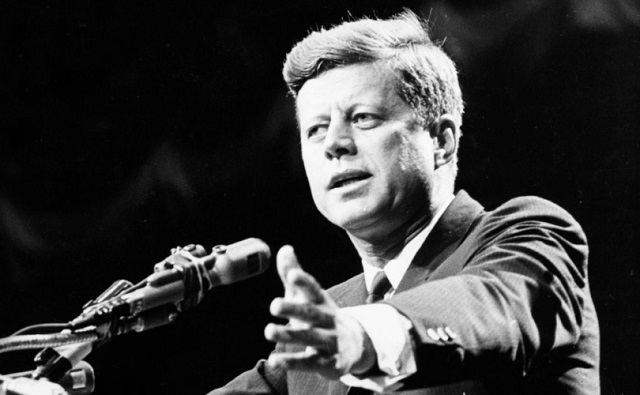
1962: US statesman John F Kennedy, 35th president of the USA, making a speech Photo by Central Press/Getty Images
From LifeSiteNews
Dr. David Mantik’s optical density analysis of a supposed white patch forgery of JFK’s autopsy skull X-rays suggests that the U.S. government knew Lee Harvey Oswald was not a lone gun assassin.
We now know that the three extant JFK autopsy skull X-rays in the National Archives collection are forgeries, altered to mask evidence of two frontal headshots.
The evidence for this proposition is thoroughly presented in a new book, The Assassination of President John F. Kennedy: The Final Analysis, which I have recently published with Dr. David W. Mantik, M.D., Ph.D. Armed with a Ph.D. in physics and a medical practice extending over five decades as a radiation oncologist, Dr. Mantik has seen the JFK autopsy skull X-rays more than anyone else. Using a densitometer, he measured the light coming through the X-rays millimeter-by-millimeter (with some measurements at a tenth-of-a-millimeter calibration).
READ: African, Middle Eastern countries call out WHO director Tedros for promoting abortion activist group
Dr. Mantik has established indisputably that a white patch has been placed to cover the rear parietal and occipital bone on the right side of JFK’s skull, as seen in the right lateral X-ray (Figure 1). This essay poses the question: why was the white patch forgery necessary?

Dr. Mantik explained how his optical density measurements proved scientifically that the white patch was a forgery:
The White Patch and the Black Space (Figure 1) were very different from my patients’ X-ray films. Therefore, I was eager to measure the Optical Densities (ODs) of these areas at the Archives. What I found there was quite astonishing. The White Patch transmits an impossibly greater percentage of light than the Dark Space.
He continued:
At the Archives, I measured many ODs of these two specific areas on both lateral X-ray films [right lateral and left lateral X-rays]: the White Patch, sometimes labeled area ‘P’ (for posterior), and the Dark Space, sometimes labeled area ‘F’ (for frontal). As shown in Table 1, these ODs imply that P transmitted about 1,100 times as much light as F. This ratio of over 1000 is quite remarkable, especially when compared to typical ratios found in patients. My ODs for patients showed only minor differences in optical densities between the front and the back. At most, the posterior skull was slightly whiter and transmitted up to twice as much light as the frontal portion.
If the forger placed the white patch on JFK’s lateral autopsy skull X-rays, what was the forger attempting to hide?
The medical personnel treating JFK’s wounds in Trauma Room One immediately after the assassination observed a large blow-out exit wound in the right back occipital region of JFK’s head. In his testimony to the Warren Commission, Dr. Robert McClelland gave the “most detailed description of the Kennedy head wound.” McClelland depicted the scene:
As I took the position at the head of the table that I have already described, to help out with the tracheotomy, I was in such a position that I could very closely examine the head wound, and I noticed that the right posterior portion of the skull had been extremely blasted. It had been shattered, apparently, by the force of the shot so that the parietal bone was protruded up through the scalp and seemed to be fractured almost along its right posterior half, as well as some of the occipital bone being fractured in its lateral half, and this sprung open the bones that I mentioned in such a way that you could actually look down into the skull cavity itself and see that probably a third or so, at least, of the brain tissue, posterior cerebral tissue, and some of the cerebellar tissue had been blasted out. There was a large amount of bleeding which was occurring mainly from the large venous channels in the skull which had been blasted open.
Secret Service Agent Clint Hill explained how he was hit by JFK’s brain matter from the third shot, which created the right rear occipital exit wound that hit JFK’s head from the front just as Hill was reaching the JFK limousine during the shooting.
Hill offers a similar description in his 2012 book, Mrs. Kennedy and Me. He describes running toward the limousine (italics in the original):
I’m almost there. Mrs. Kennedy is leaning toward the president. I am almost there. I was almost there. And then I heard the shot. The third shot. The impact was like the sound of something hard hitting something hollow – like the sound of a melon shattering onto cement. In the same instant, blood, brain matter, and bone fragments exploded from the back of the president’s head. The president’s blood, parts of his skull, bits of his brain were splattered all over me – on my face, my clothes, in my hair.
Dr. Mantik’s optical density proof of the white patch forgery seals the conclusion that the U.S. government, from the first moments after the assassination, knew Lee Harvey Oswald was not the lone gun assassin. Secret Service Agent Clint Hill and the medical personnel at Parkland knew the right rear occipital wound resulted from a frontal shot.
The obvious conclusion is that the forger placed the white patch to hide evidence of the frontal shot that hit JFK in the right temple. Given that the U.S. government had complete control over JFK’s body and the autopsy evidence provides prima facie proof that the Warren Commission assignment was to mask a deep state false flag operation, one that the CIA wants to remain concealed yet today, 61 years later.
Reprinted with permission from American Thinker.
-

 Business1 day ago
Business1 day agoCarbon tax bureaucracy costs taxpayers $800 million
-

 Brownstone Institute1 day ago
Brownstone Institute1 day agoThe Most Devastating Report So Far
-

 ESG21 hours ago
ESG21 hours agoCan’t afford Rent? Groceries for your kids? Trudeau says suck it up and pay the tax!
-

 Daily Caller20 hours ago
Daily Caller20 hours agoLos Angeles Passes ‘Sanctuary City’ Ordinance In Wake Of Trump’s Deportation Plan
-

 COVID-191 day ago
COVID-191 day agoDr. McCullough praises RFK Jr., urges him to pull COVID shots from the market
-

 John Stossel19 hours ago
John Stossel19 hours agoGreen Energy Needs Minerals, Yet America Blocks New Mines
-
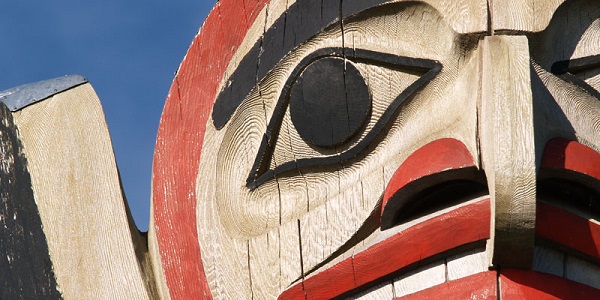
 Business2 days ago
Business2 days agoOttawa’s avalanche of spending hasn’t helped First Nations
-

 MAiD1 day ago
MAiD1 day agoOver 40% of people euthanized in Ontario lived in poorest parts of the province: government data


